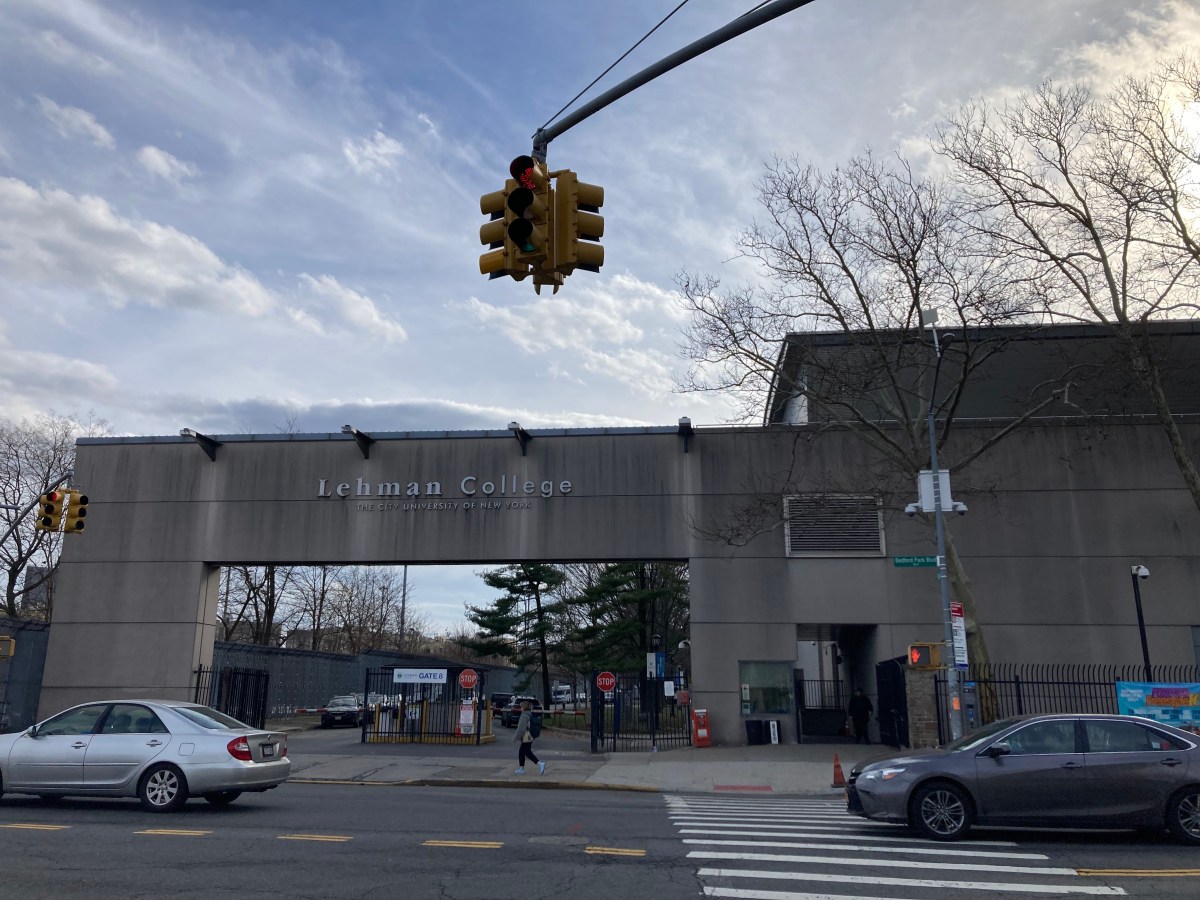
BY LINCOLN ANDERSON | The particulars about one planned East Side charter school still aren’t very clear — but the sides in the larger ongoing debate about charter schools are clearly staked out.
What is known at this point is that Success Academy plans to open a new elementary charter school in Community School District 1, which includes the East Village and Lower East Side.
Yet, now word is that the Department of Education has told Success Academy this won’t happen until 2016.
Plus, where the school might even be co-located remains completely unknown.
Further adding to the confusion, the city’s leading charter outfit — which is run by former City Councilmember Eva Moskowitz — initially held a hearing on siting the school not in School District 1 but in neighboring School District 2, which covers the West Side up to W. 57th St. and the East Side up to E. 97th St., including Greenwich Village, Tribeca and Chelsea, among other neighborhoods.
After that hearing, however, Success Academy shifted the new school’s planned location from District 2 to District 1 — but without holding another hearing on matter.
After an outcry from local elected officials, including Assemblymember Deborah Glick and City Councilmembers Margaret Chin and Rosie Mendez, Success Academy agreed to hold another hearing — this time in District 1 — on Thurs., Jan. 8, at P.S. 20, the Anna Silver School, at 166 Essex St., between Houston and Stanton Sts., at 6 p.m.
Yet, as The Villager was going to press even that fact become uncertain, as a Success Academy source e-mailed the newspaper to say that word was now that the Jan. 8 hearing, in fact, would be canceled. No further details were provided as to the reason for the reported cancellation. Despite the Department of Education calling off the hearing, Mendez said the community will still hold the forum on its own.
According to Ann Powell, a spokesperson for Moskowitz’s charter schools, they found out last month that D.O.E. currently does not feel it has available space for its new charter in District 1. As a result, Success Academy has deferred its request for space in the East Side district — as well as for space for new charter schools in five other districts.
“There’s no location,” Powell said. “But we know there’s demand. We’ve had applications. We know there’s high concentrations of segregated schools in District 1, so it’s an opportunity to bring a more diverse student body — like at Success Academy Union Square.”
The students at the charter’s new Union Square school, located in the Washington Irving Campus building, are 18 percent African American, 25 percent Hispanic, 13 percent Asian, 40 percent white and 4 percent multiracial.
Meanwhile, only seven of the 35 district schools in District 1 can be called diverse, according to figures provided by Powell. Of the district’s 1,925 white students, 1,443 (or 75 percent) are concentrated in six district schools. Of the district’s 2,061 black students, 638 (or 31 percent) are concentrated in five district schools. Of the district’s 2,497 Asian students, 891 (or 36 percent) are concentrated in two district schools.
“We provide excellent education for children of all backgrounds,” Powell said. “That’s the reason for our interest in District 1.”
As for why Success Academy switched its application from District 2 to District 1, Powell didn’t give a clear answer. Asked if it was due to the local politicians’ opposition, she said no.
And Success Academy has had, well — success, at least when looking at test scores. Last year, its students tested in the top 1 percent in math proficiency and the top 3 percent in English proficiency. Eleven percent of these pupils were special-needs students, Powell added.
And the city has space for new charters, she added, noting that according to the D.O.E. “Blue Book,” there are 160,000 empty school seats throughout the city.
“Based on legislation passed in the spring, it makes sense to use existing space,” she said, “and use funds for teacher salaries and extracurriculars.”
Under legislation pushed by Governor Cuomo, if charter schools aren’t co-located in existing public schools, government will pay their rent.
In short, Powell stated, “Success Academy opens schools in response to strong community demand. Last year, more than 16,000 families applied for fewer than 3,000 available seats.”
However, Lisa Donlan, president of Community Education Council 1, said charter schools are part of the problem, not the solution.
“Charters are part of the segregation problem,” she said, in response to Powell’s description of District 1. “Most of the charters serve mostly black and Latino kids. District 1 is an all-choice district,” she added, meaning students can attend any school they like.
“She cherry-picks her data, like anyone who wants to win an argument,” Donlan scoffed of Moskowitz. “I can give your charts, I can give you data — they’re lying.”
For example, she said, District 1 schools must take learning-challenged students, whereas Success culls them year by year if they are deemed too low-performing.
At the same time, Donlan said, it’s not fair that “proactive” parents enter the lotteries to get their kids into charters, while other parents who aren’t as motivated don’t.
“She claims that they’re public schools — they’re not,” Donlan said of Moskowitz. “They’re not public schools: It’s a not-for-profit corporation.”
Charters get public funding, but also money from foundations and hedge funds. Indeed, the charters have become the darlings of the foundations, sucking up funding that used to go to other nonprofits.
“They’re not accountable to New York State education law except what’s in the New York State Charter Act,” Donlan added. Charters can give their own tests, she noted.
“They can make their own discipline codes. They’re over-disciplining students,” she charged. Suspending kids can put them into the “school-to-prison pipeline” and “a life of crime,” she said.
As for Powell’s citing of the “Blue Book” figure on empty seats, again Donlan said it’s inaccurate.
“That’s a mathematical projection,” she said. “There are not actually empty seats in those schools.
“I think the number-one problem is these charter schools are not community schools,” she charged. “They’re sort of parachuted in, and they serve citywide, though they do give preference to local kids — they have to. These things are prepackaged.
“Where’s the consultation, feedback, process? On Oct. 20, we all got a letter saying they were now going to go for District 1. There was very minimal outreach and notification and no consultation with the community.”
Powell, at one point, went as far as to say that Thursday’s hearing was “premature,” since the District 1 Success Academy now won’t open till 2016.
Asked about that, Councilmember Mendez blasted back, “Is it premature that they had a hearing several months ago when they were planning to put the school in School District 2 — and now they changed to District 1?
“I don’t think there is space in District 1,” Mendez said. “There may be a building here or there that is slightly underutilized, but many schools are overcapacity. Some of the schools don’t have gyms, art rooms. If they think they have a location, I’d like to hear about it. There’s a flawed process with the state law that allows these charter schools to basically set up anywhere.”
But Powell said the new Success Academy school could actually help with overcrowding, since it’s typically the best district schools that have this problem. By adding another high-performing school to the mix, she said, it would help spread out the load.

















